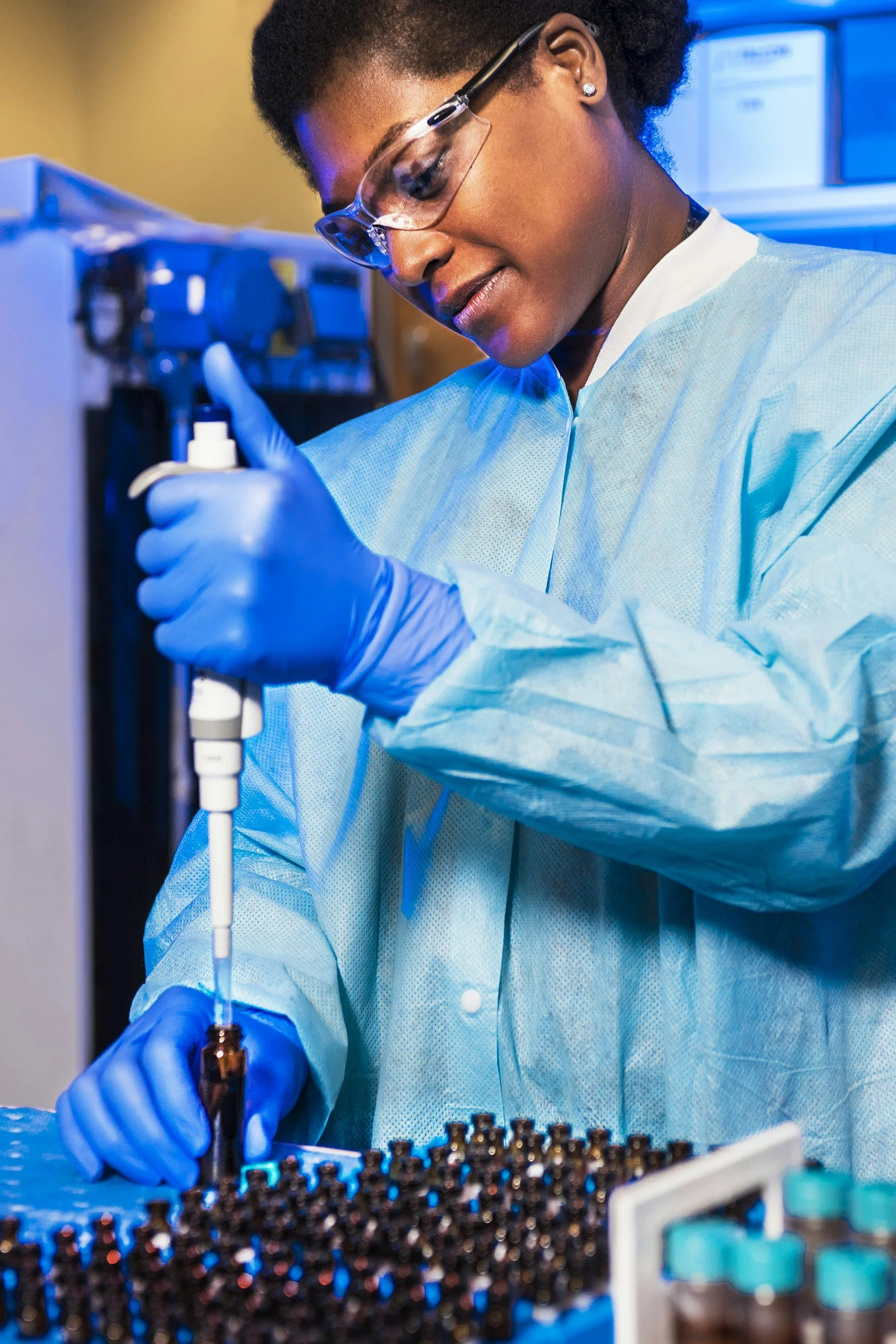What are the Fundamentals of ICP-MS and How Do They Work?
By PAGE Editor
Inductively Coupled Plasma Mass Spectrometry (ICP-MS) is a powerful analytical technique used to detect and quantify trace elements and isotopes in various sample matrices. This technique combines the principles of inductively coupled plasma (ICP) with mass spectrometry (MS) to achieve high sensitivity, precision, and accuracy. Here are the fundamentals of ICP-MS and how they work.
1. Introduction to ICP-MS
ICP-MS is widely utilized in fields such as environmental analysis, pharmaceuticals, food safety, geology, and clinical research. It can analyze a wide range of elements, from lithium to uranium, at parts-per-trillion (ppt) levels. This versatility makes it an essential tool for trace element analysis.
2. Basic Components of ICP-MS
The ICP-MS instrument consists of several key components:
Sample Introduction System
The sample introduction system typically includes a nebulizer and a spray chamber. The nebulizer converts the liquid sample into an aerosol, while the spray chamber removes larger droplets, allowing only fine aerosol to enter the plasma.
Inductively Coupled Plasma (ICP) Torch
The ICP torch generates a high-temperature plasma (6000-10000 K) using an argon gas flow and an RF (radio frequency) generator. The plasma serves as an ionization source, breaking down the sample into its constituent atoms and ionizing them.
Interface and Ion Optics
The interface comprises a series of cones (sampler and skimmer cones) that transport the ions from the plasma to the mass spectrometer. The ion optics focus and direct the ion beam into the mass analyzer, optimizing ion transmission and reducing interference.
Mass Analyzer
The mass analyzer, typically a quadrupole, time-of-flight (TOF), or sector field, separates the ions based on their mass-to-charge (m/z) ratio. Quadrupole mass analyzers are most common due to their robustness and speed.
Detector
The detector, often an electron multiplier or a dynode-based detector, measures the intensity of the ions. The resulting signal is proportional to the concentration of the element in the sample.
3. Working Principle of ICP-MS
Sample Introduction and Nebulization
The sample, usually in liquid form, is introduced into the nebulizer, which generates a fine aerosol. This aerosol is carried by argon gas into the spray chamber, where large droplets are removed, ensuring only fine droplets enter the plasma.
Ionization in the Plasma
In the plasma torch, the high temperature causes the aerosol droplets to desolvate, vaporize, atomize, and ionize. The high-energy environment effectively breaks down the sample into free atoms and subsequently ionizes them, creating a cloud of positively charged ions.
Ion Extraction and Focusing
The ions are extracted from the plasma through the sampler and skimmer cones. The ion optics system then focuses and directs the ion beam into the mass analyzer, filtering out neutral particles and photons that could interfere with the analysis.
Mass Separation
The mass analyzer separates the ions based on their m/z ratio. Quadrupole mass analyzers use oscillating electrical fields to filter ions, allowing only those with a specific m/z ratio to pass through at any given time.
Detection and Data Processing
The ions that successfully pass through the mass analyzer are detected by the ion detector, which generates an electrical signal proportional to the number of ions. This signal is processed by the data system, producing a mass spectrum that displays the relative abundance of each ion as a function of its m/z ratio.
4. Advantages of ICP-MS
ICP-MS offers several advantages:
High Sensitivity and Low Detection Limits: Capable of detecting elements at ppt levels.
Wide Dynamic Range: Can measure concentrations from sub-ppt to ppm levels.
Multi-Element Capability: Simultaneously analyzes multiple elements in a single run.
Isotopic Analysis: Provides isotopic ratios for various elements, useful in geochronology and tracer studies.
Rapid Analysis: Produces results quickly, essential for high-throughput laboratories.
5. Applications of ICP-MS
ICP-MS is employed in numerous applications:
Environmental Monitoring: Detection of trace metals in water, soil, and air samples.
Pharmaceuticals: Analysis of elemental impurities in drugs and raw materials.
Food Safety: Testing for contaminants like heavy metals in food products.
Clinical Research: Trace element analysis in biological fluids and tissues.
Geological Studies: Determining elemental composition and isotopic ratios in rocks and minerals.
Harnessing the Power of ICP-MS
ICP-MS is a versatile and highly sensitive analytical technique that plays a critical role in trace element and isotopic analysis across various fields. Its ability to detect low concentrations of elements with high precision and accuracy makes it an indispensable tool in modern analytical laboratories. Understanding its fundamental components and working principles is essential for leveraging its full potential in scientific research and industry applications.
HOW DO YOU FEEL ABOUT FASHION?
COMMENT OR TAKE OUR PAGE READER SURVEY
Featured









Discover how the HONOR Magic7 Pro caters to Gen Z with cutting-edge features, innovative design, and seamless performance tailored to their dynamic lifestyles.